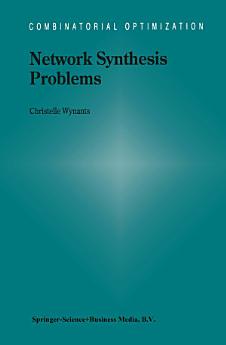Network Synthesis Problems
C. Wynants
2013年3月 · Combinatorial Optimization 第 8 冊 · Springer Science & Business Media
電子書
208
頁數
report評分和評論未經驗證 瞭解詳情
關於這本電子書
As the telecommunication industry introduces new sophisticated technologies, the nature of services and the volume of demands have changed. Indeed, a broad range of new services for users appear, combining voice, data, graphics, video, etc. This implies new planning issues. Fiber transmission systems that can carry large amounts of data on a few strands of wire were introduced. These systems have such a large bandwidth that the failure of even a single transmission link: in the network can create a severe service loss to customers. Therefore, a very high level of service reliability is becoming imperative for both system users and service providers. Since equipment failures and accidents cannot be avoided entirely, networks have to be designed so as to "survive" failures. This is done by judiciously installing spare capacity over the network so that all traffic interrupted by a failure may be diverted around that failure by way of this spare or reserve capacity. This of course translates into huge investments for network operators. Designing such survivable networks while minimizing spare capacity costs is, not surprisingly, a major concern of operating companies which gives rise to very difficult combinatorial problems. In order to make telecommunication networks survivable, one can essentially use two different strategies: protection or restoration. The protection approach preas signs spare capacity to protect each element of the network independently, while the restoration approach spreads the redundant capacity over the whole network and uses it as required in order to restore the disrupted traffic.
為這本電子書評分
請分享你的寶貴意見。
閱讀資訊
智能手機和平板電腦
手提電腦和電腦
你可以使用電腦的網絡瀏覽器聆聽在 Google Play 上購買的有聲書。
電子書閱讀器及其他裝置
如要在 Kobo 等電子墨水裝置上閱覽書籍,你需要下載檔案並傳輸到你的裝置。請按照說明中心的詳細指示,將檔案傳輸到支援的電子書閱讀器。







